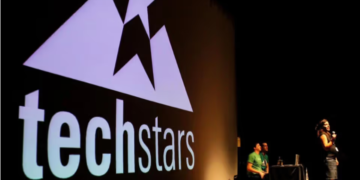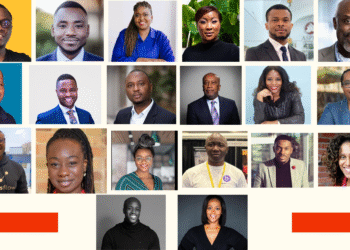A part of Canada where mobiles never worked now has a safety line. On 15 July Rogers Communications switched on a public beta of Rogers Satellite, its new satellite-to-mobile text service. Any modern smartphone can send SMS and text-to-911 messages across the country’s 5.4 million km², including Arctic shorelines and back country highways. The launch blends low Earth orbit space technology with terrestrial spectrum, marking a quiet but decisive step towards truly national connectivity.
What Has Gone Live
Rogers Satellite connects ordinary handsets to Starlink and Lynk Global satellites whenever towers are out of reach. During the beta, which runs until October, texting is free; once the service launches it will cost fifteen dollars a month or come bundled into Rogers Ultimate plans. The company is using its own licensed spectrum, making this the first Canadian deployment of satellite-to-phone service on a carrier’s existing frequencies.
“Rogers is proud to introduce this ground-breaking technology to help Canadians stay safe and connected in more places,” said chief executive Tony Staffieri in the launch statement. Chief technology officer Mark Kennedy added that the service “turns your smartphone into a satellite phone” without extra hardware.
Why the Move Matters
Coverage in Canada has long prioritised population over geography: traditional mobile networks reach 99 per cent of residents but only about one fifth of the land mass. The result is persistent dead zones across rural, Indigenous and wilderness regions. That gap was felt keenly during the 2025 British Columbia wildfire season, when crews scrambled for signal to coordinate evacuations, according to provincial incident reports.
By filling those blind spots at text level, Rogers improves public-safety baselines, enables text-to-911 nationwide and lays groundwork for connected agriculture, tourism and logistics. The firm plans to add voice calls, multimedia messaging and app-level data after reliability testing. If successful, Canada will be among the first countries to offer seamless handset roaming between terrestrial and space networks.
A Catalyst for IoT and Climate Resilience
Nationwide text coverage unlocks remote sensor networks long stalled by terrain and backhaul costs. Forestry agencies can plant fire-risk monitors deep in boreal zones; pipeline operators can check valve pressure in unserviced tundra; farms can deploy soil probes far from fibre trunks. Emergency beacons tied to satellite SMS allow hikers or fishers to summon help without dedicated devices, a step up from current consumer satellite messengers that require separate subscriptions.
Rogers says data services will follow as satellite capacity grows, positioning the platform as a backbone for national climate-monitoring and smart-infrastructure programmes by 2026. For start-ups building industrial IoT hardware, the addressable market widens overnight.
Questions and Competitive Pressures
Early access is SMS-only. That limits bandwidth but maximises reliability and battery life, key factors in rescue scenarios. Rivals will watch how Rogers prices voice and data when they arrive. Bell and Telus both have satellite agreements but no timelines yet. If consumers come to expect anywhere connectivity, competition to bundle satellite capacity into mainstream tariffs will intensify.
Regulators will also assess spectrum use. Rogers is leveraging existing licences, yet moving from tower to orbit raises coexistence questions as more operators pursue direct-to-cell services.
The Road Ahead
Rogers will collect performance and safety-of-life data throughout the beta, then expand coverage with additional Starlink launches. Voice calls and application data are slated for phased rollout once handset standards finalise. If the service proves reliable and affordable, Canada’s idea of being “in coverage” will stretch from city cores to the rim of Ellesmere Island.
For now, the promise is clear: when Canadians step beyond the last tower, their phones should no longer fall silent. Satellite texting turns the map’s grey patches into live nodes of the network and sets a benchmark competitors will be pressed to meet.










